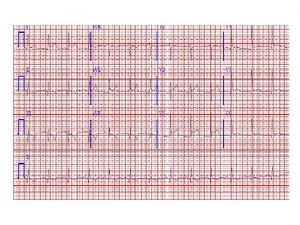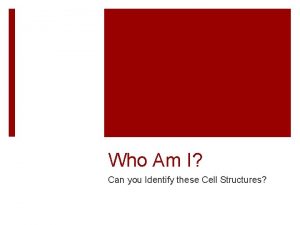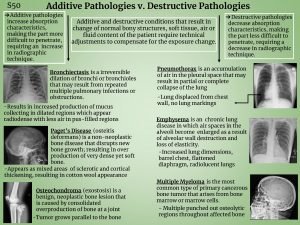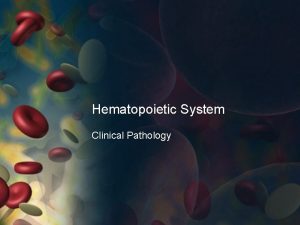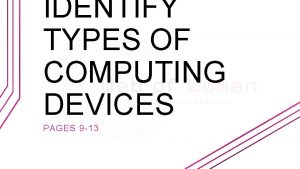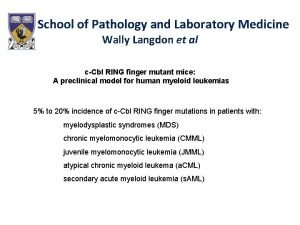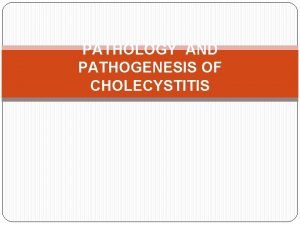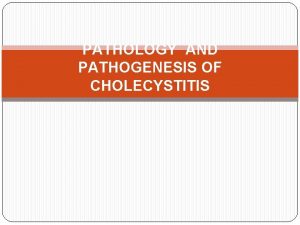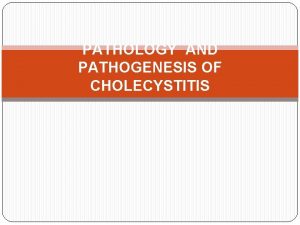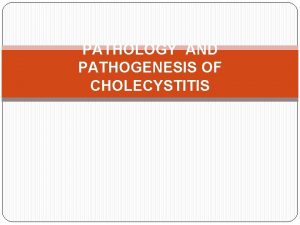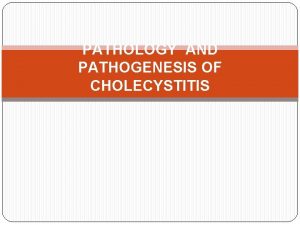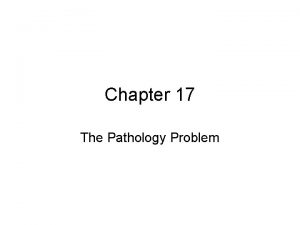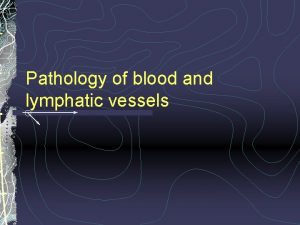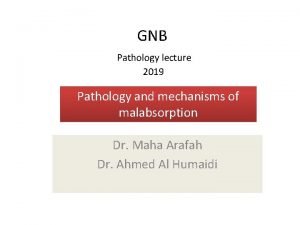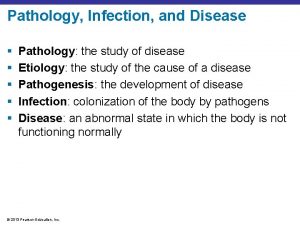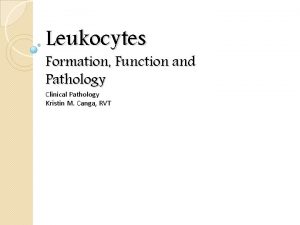What types of pathology can we identify and
































- Slides: 32


What types of pathology can we identify and study from EKGs? • • • Arrhythmias Myocardial ischemia and infarction Pericarditis Chamber hypertrophy Electrolyte disturbances (i. e. hyperkalemia, hypokalemia) • Drug toxicity (i. e. digoxin and drugs which prolong the QT interval)

Anatomy

ECG Electrodes

ECG Waveform

The 12 lead ECG

How does the heart work PR AH HV QRS

AV node activated by Atrial depolarization Sends signal through His-purkinje bundle Get depolarization of SEPTUM Left and Right BUNDLES transmit signal to Left and Right VENTRICLES Net “Vector” towards the LV Should be narrow (<120 msec) if bundles working properly Then have REPOLARIZATION = Twave The appearance of this electrical activity depends on which lead you are using to look at it

Review of waveforms

How to Look at an ECG • Rate: • Rhythm: • Axis: • • • Is the heart rate too fast or slow? Sinus rhythm or not? Where does the majority of electrical activity point? P wave: How big are the atria? PR interval: How healthy is the AV node? QRS wave: Is there abnormal conduction or a ventricular source? QT: Long is bad Ischemia and hypertrophy

ECG Paper Can Determine Heart Rate Rule: 300, 150, 100, 75, 60, 50 counting over for each big sqaure

What is the heart rate? Answer = 75 per min

Rhythm : Is there a p wave? = Sinus Is it followed by a QRS?

Is the rhythm regular or irregular?

Reasons to have an irregular rhythm • Irregular pacemaker – Multifocal atrial rhythm – Atrial fibrillation – Atrial fib/flutter • Ectopic beats – PVC – PAC – PJC • Irregular conduction – AV node block • 1 st degree: – PR interval > 200 msec • 2 nd degree: – Type 1: Wenkebach – Type 2: dropped beat • 3 rd degree: – p waves marching independent to QRS

Examples of Rhythms Multifocal Atrial Rhythm AFIB Atrial Flutter AFIB V TACH

Example of a PVC

Telling the Axis from the leads

EKG Leads The standard EKG has 12 leads: 3 Standard Limb Leads 3 Augmented Limb Leads 6 Precordial Leads The axis of a particular lead represents the viewpoint from which it looks at the heart.

Standard Limb Leads

Standard Limb Leads

Augmented Limb Leads

All Limb Leads

The axis wheel

The QRS < 120 msec QRS > 120 msec Rabbit ears in V 1 & V 2 Wide S wave in V 5 & V 6 R axis deviation QRS > 120 msec Deep slurred S wave in V 1 Wide R wave in V 6, I & av. L L axis deviation

Ishcemia vs Acute Infarct

Example of Ischemia

Examples of Infarctions


Review • Rate: • Rhythm: • Axis: • • • Is the heart rate too fast or slow? Sinus rhythm or not? Where does the majority of electrical activity point? P wave: How big are the atria? PR interval: How healthy is the AV node? QRS wave: Is there abnormal conduction or a ventricular source? QT: Long is bad Ischemia and hypertrophy


Describe this ECG
 Axis wheel ecg
Axis wheel ecg Claim of value about
Claim of value about Identify types of network cables and connectors
Identify types of network cables and connectors How to identify themes
How to identify themes Identifying linear functions
Identifying linear functions How to determine if a function is linear
How to determine if a function is linear The basic visual symbols in the language of art
The basic visual symbols in the language of art Can you identify these cell structures
Can you identify these cell structures How can you identify combined transformations ?
How can you identify combined transformations ? For identifying organisms through key usually
For identifying organisms through key usually Additive and destructive pathology in radiography
Additive and destructive pathology in radiography Cryptology and pathology
Cryptology and pathology Cryptology and pathology
Cryptology and pathology Cryptology and pathology
Cryptology and pathology Systemic pathology mcqs
Systemic pathology mcqs Seed pathology notes
Seed pathology notes Tronsmo plant pathology and plant diseases download
Tronsmo plant pathology and plant diseases download Tronsmo plant pathology and plant diseases download
Tronsmo plant pathology and plant diseases download Tronsmo plant pathology and plant diseases download
Tronsmo plant pathology and plant diseases download Crenation
Crenation Fish and shellfish pathology
Fish and shellfish pathology Leeds pathology tests and tubes
Leeds pathology tests and tubes How to identify types of chemical reactions
How to identify types of chemical reactions Guanidine relaxer
Guanidine relaxer Identify types of computing devices
Identify types of computing devices Look at the pictures and complete with can or can't
Look at the pictures and complete with can or can't Cherry blossom sjogren's syndrome sialography
Cherry blossom sjogren's syndrome sialography Seed pathology definition
Seed pathology definition Banff pathology course
Banff pathology course Pathology job market
Pathology job market Pathology outline
Pathology outline Diagnostic report sample
Diagnostic report sample Wally langdon
Wally langdon
